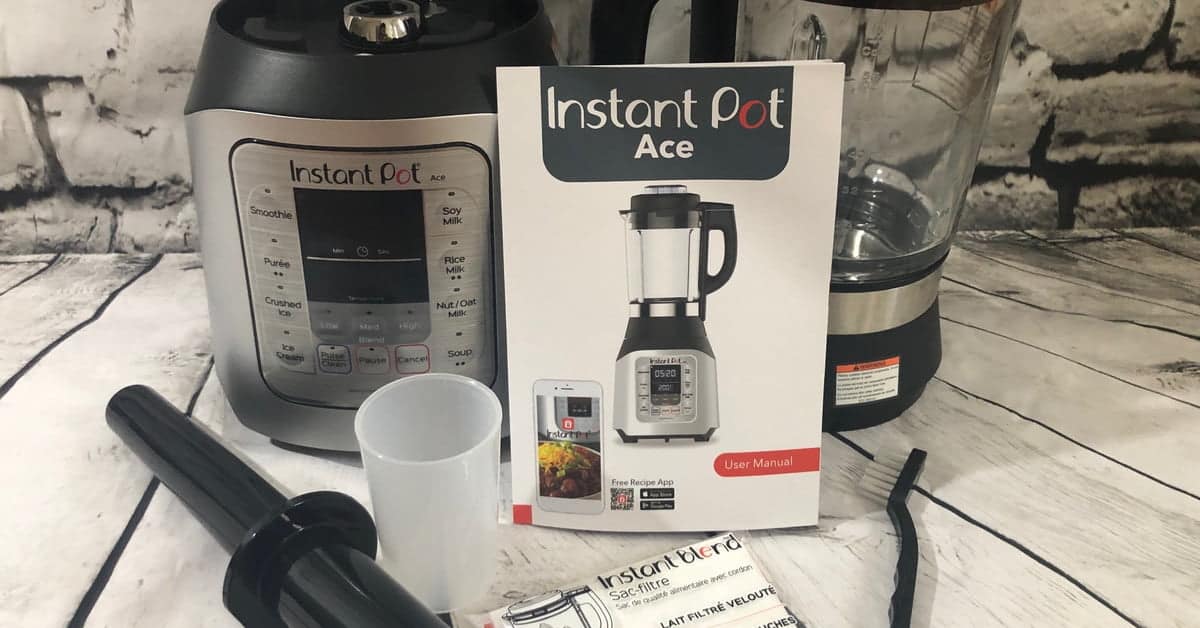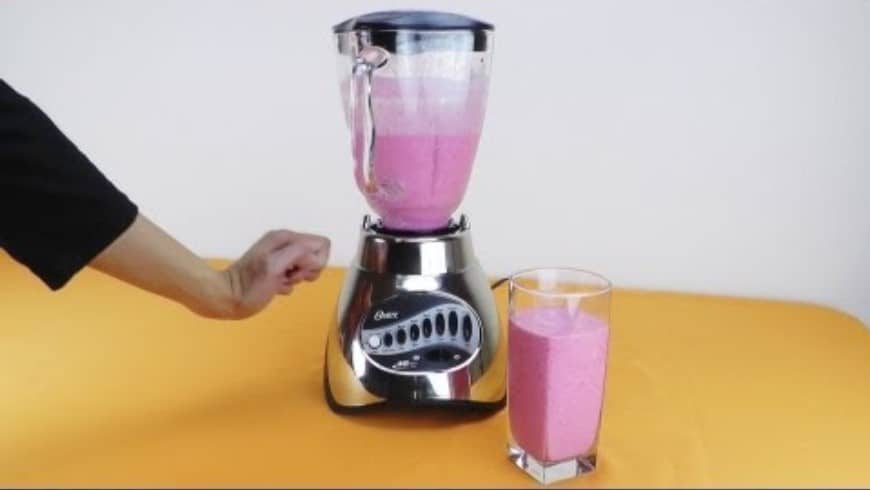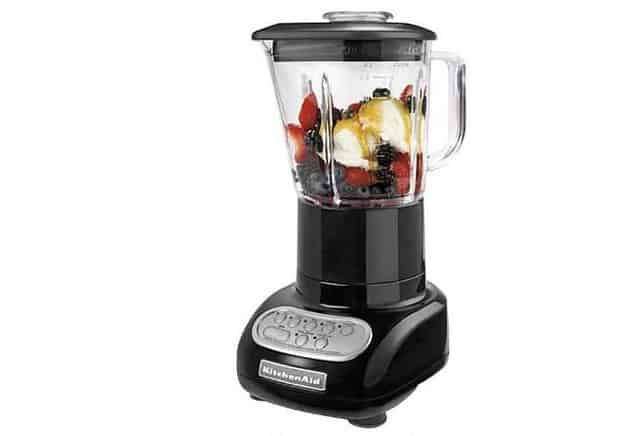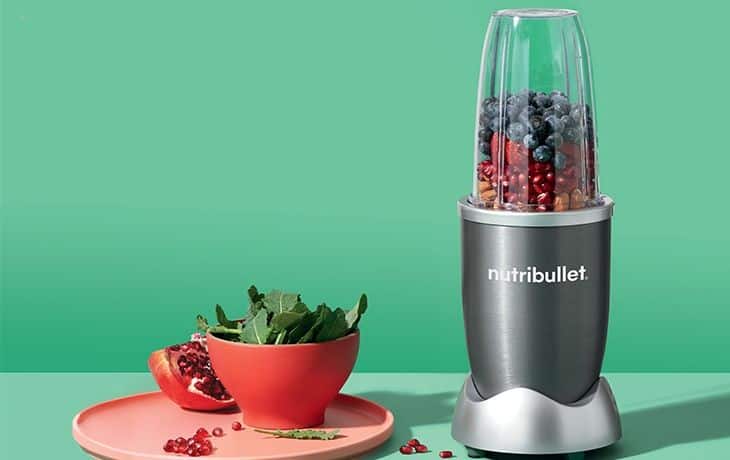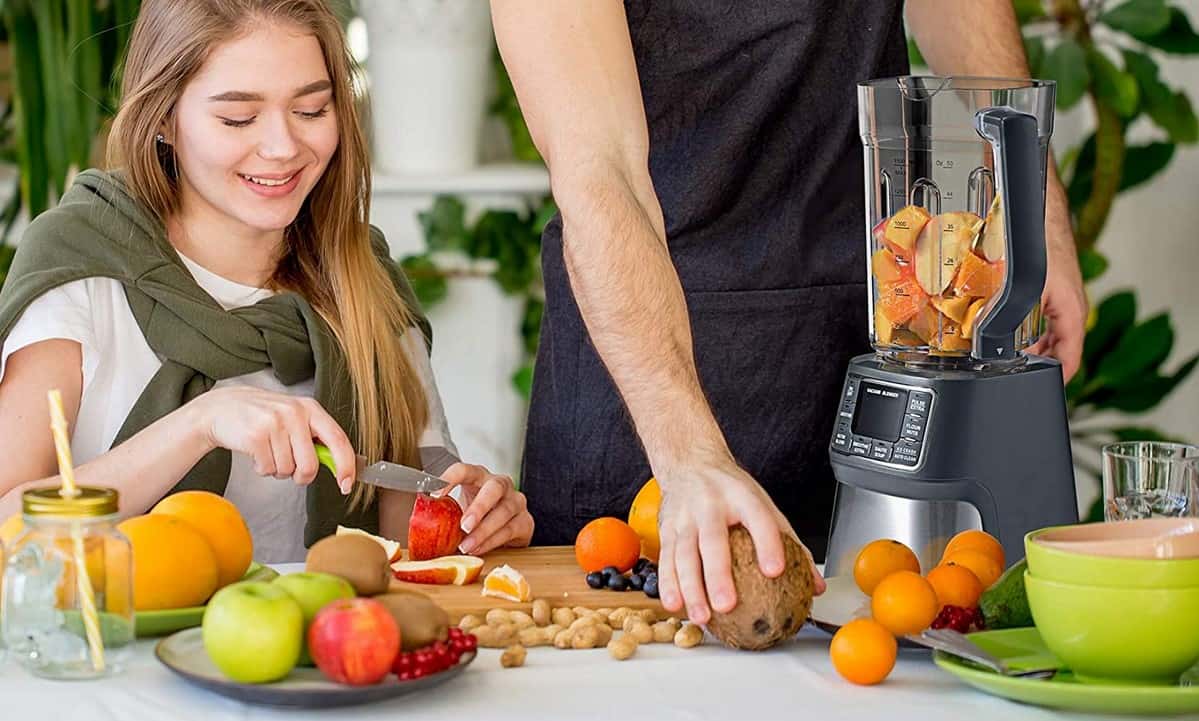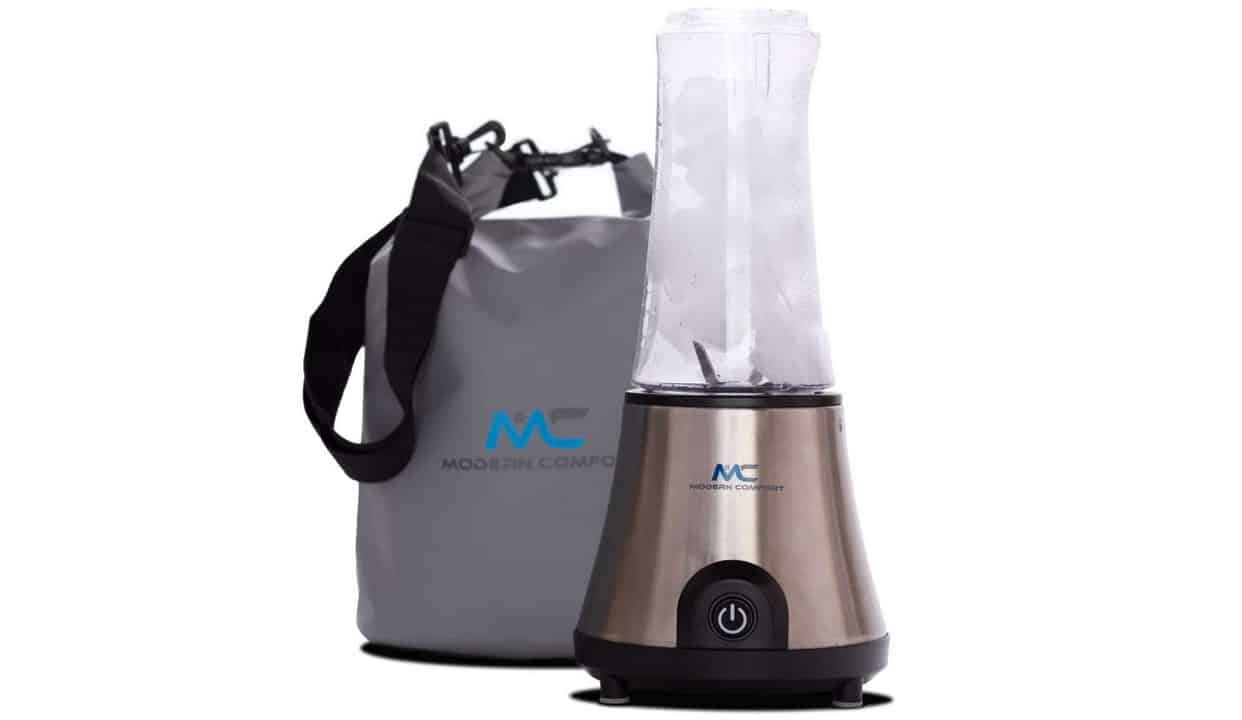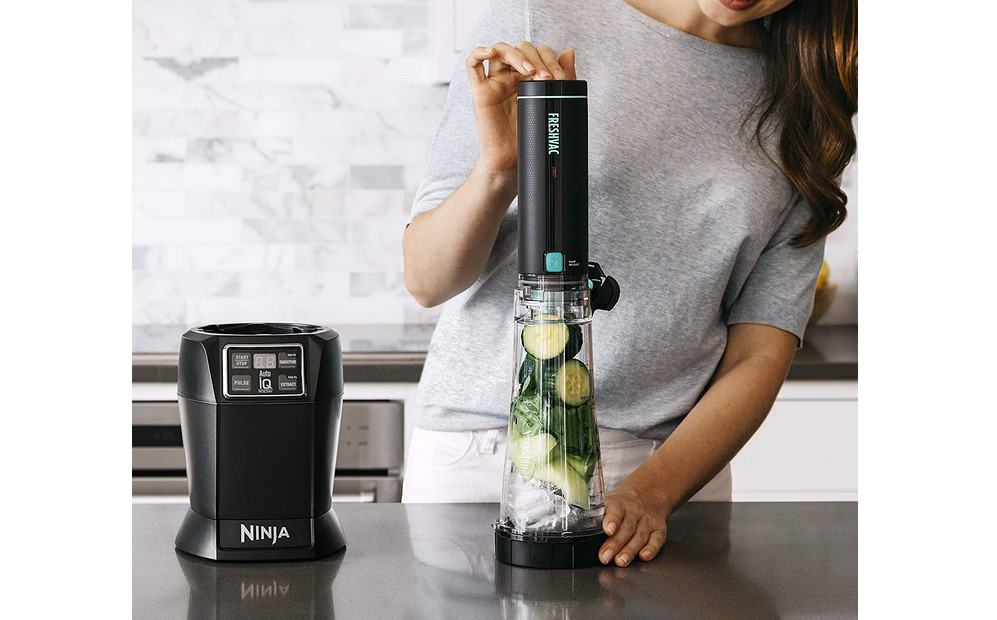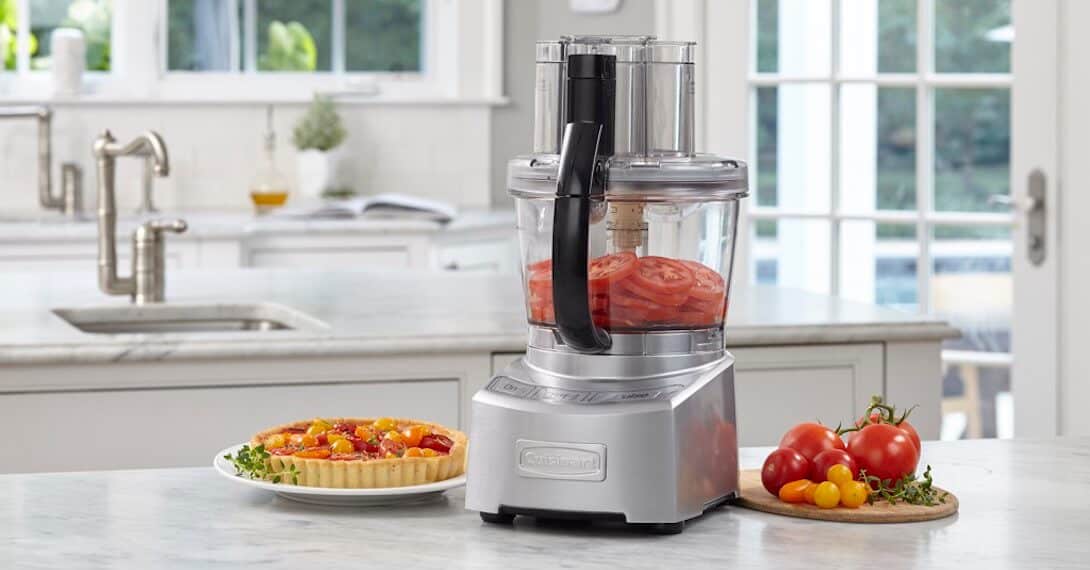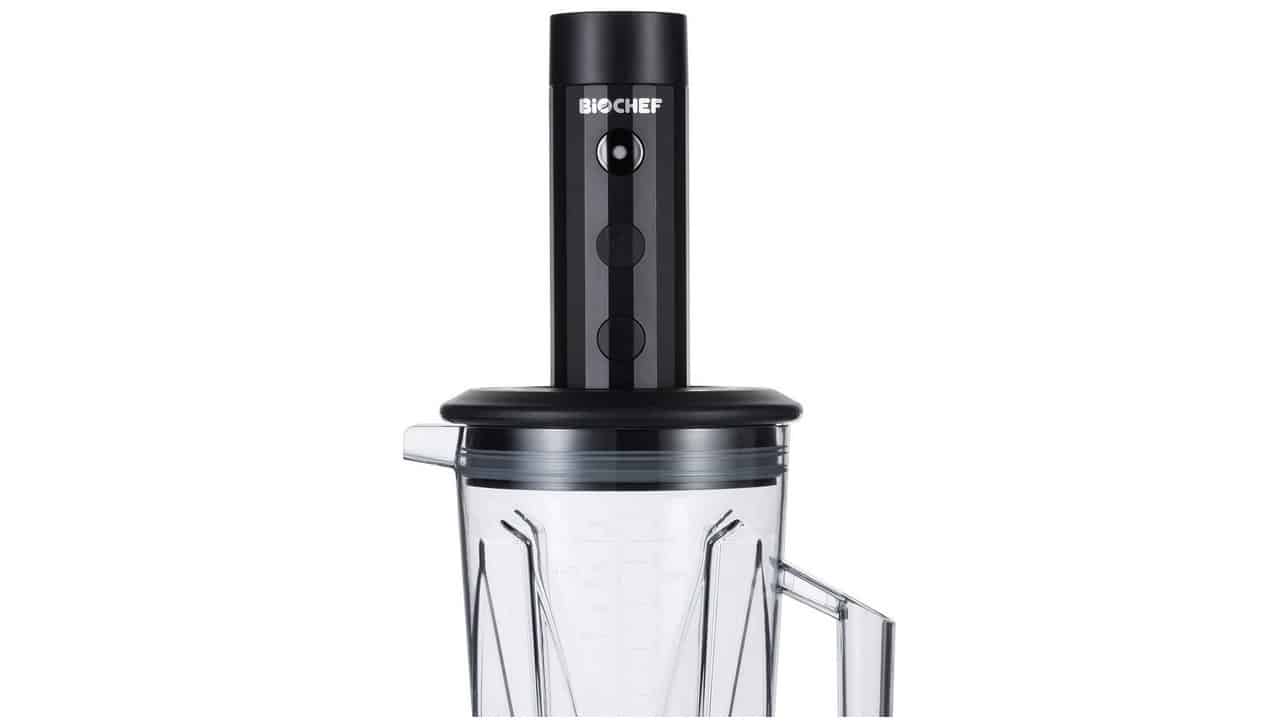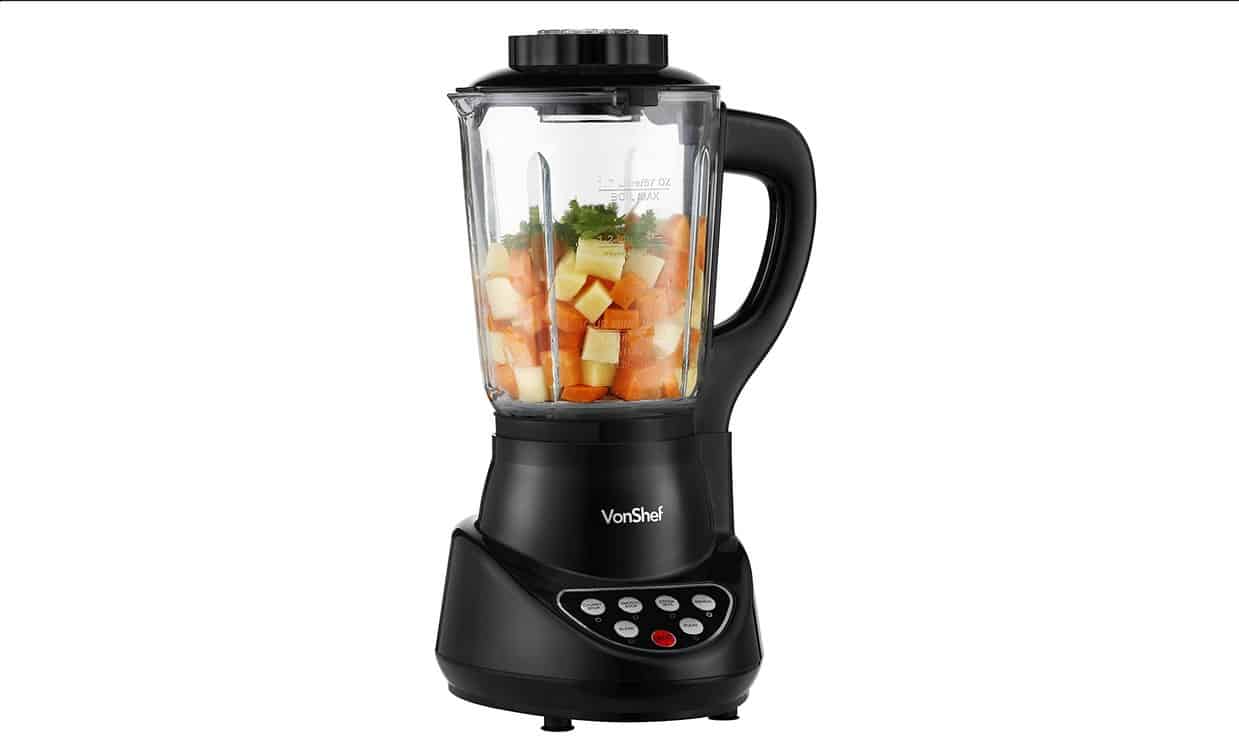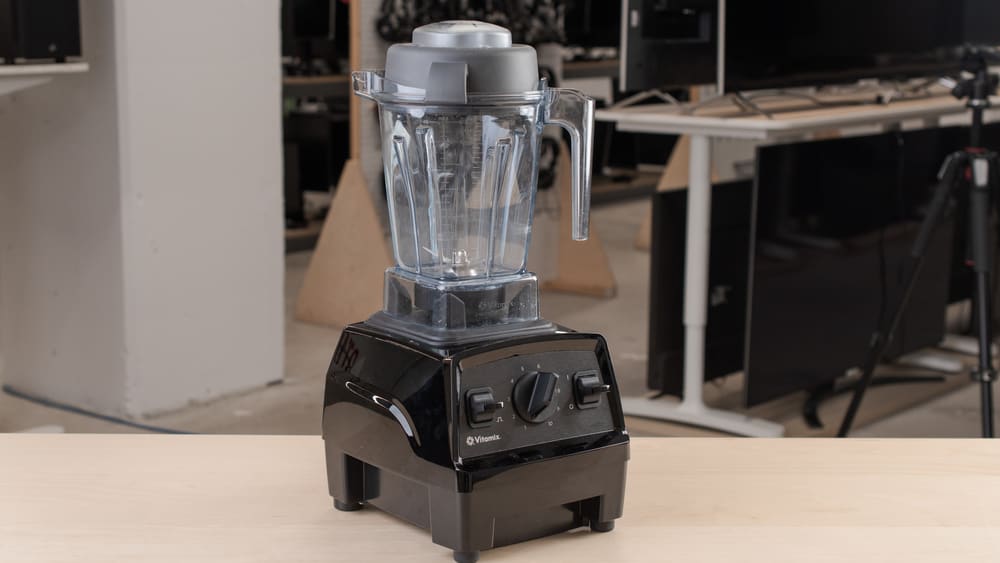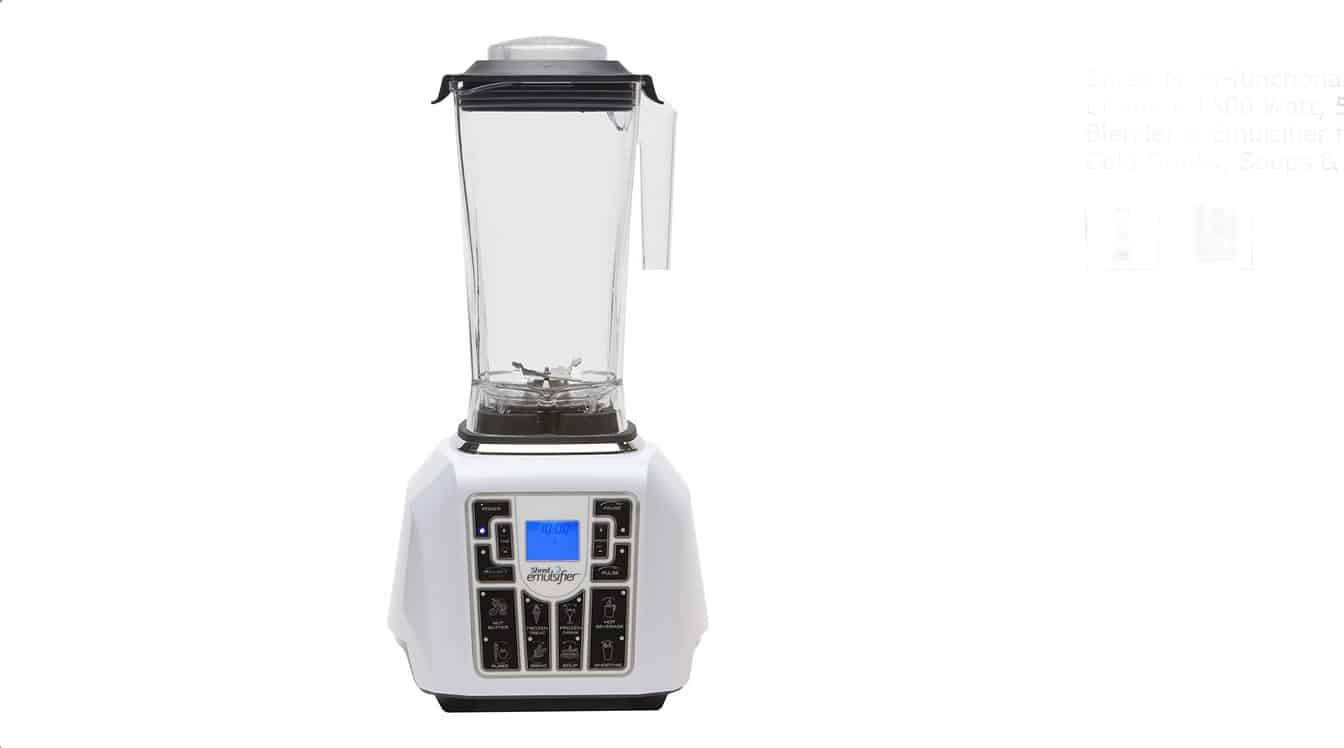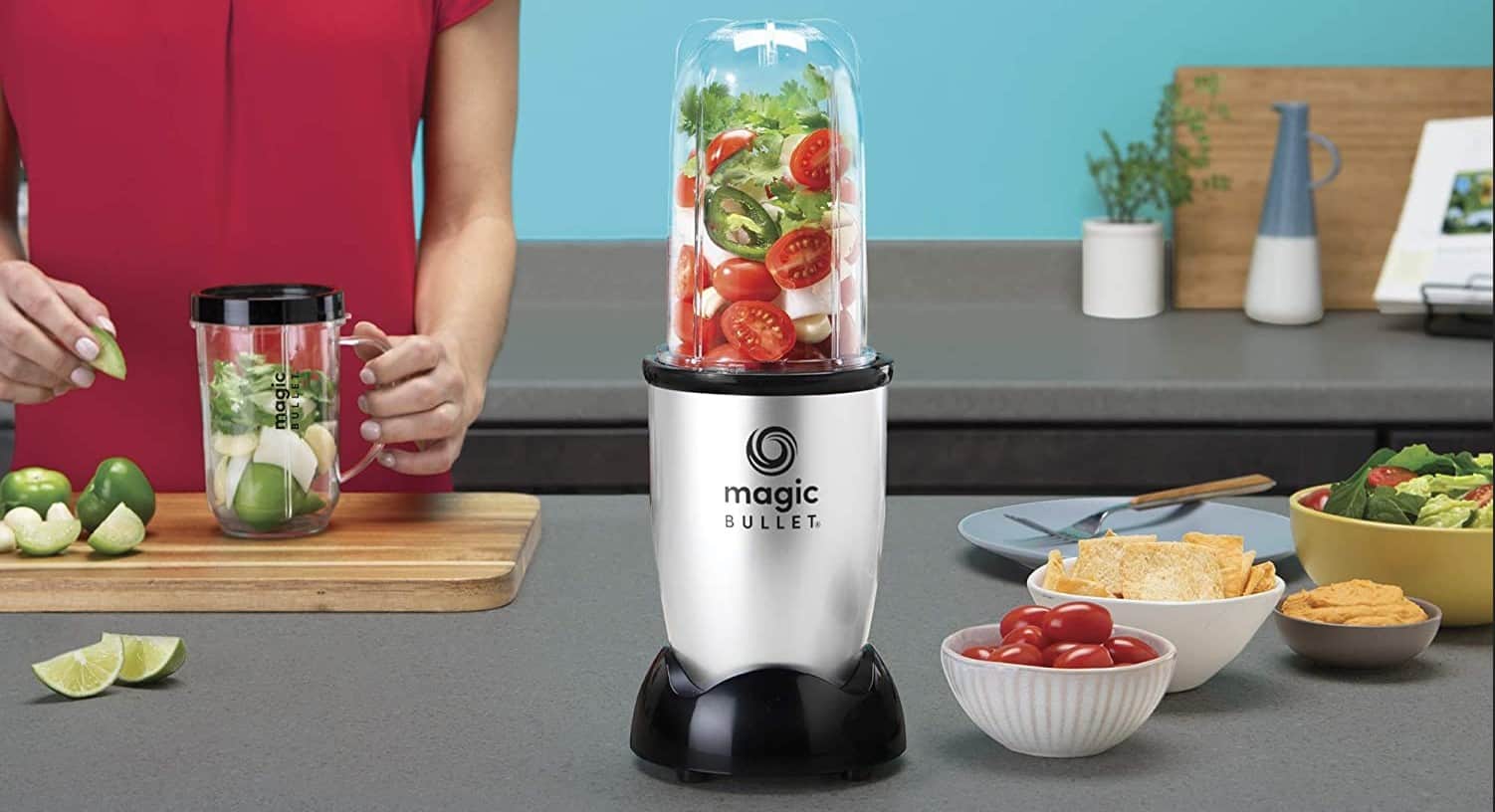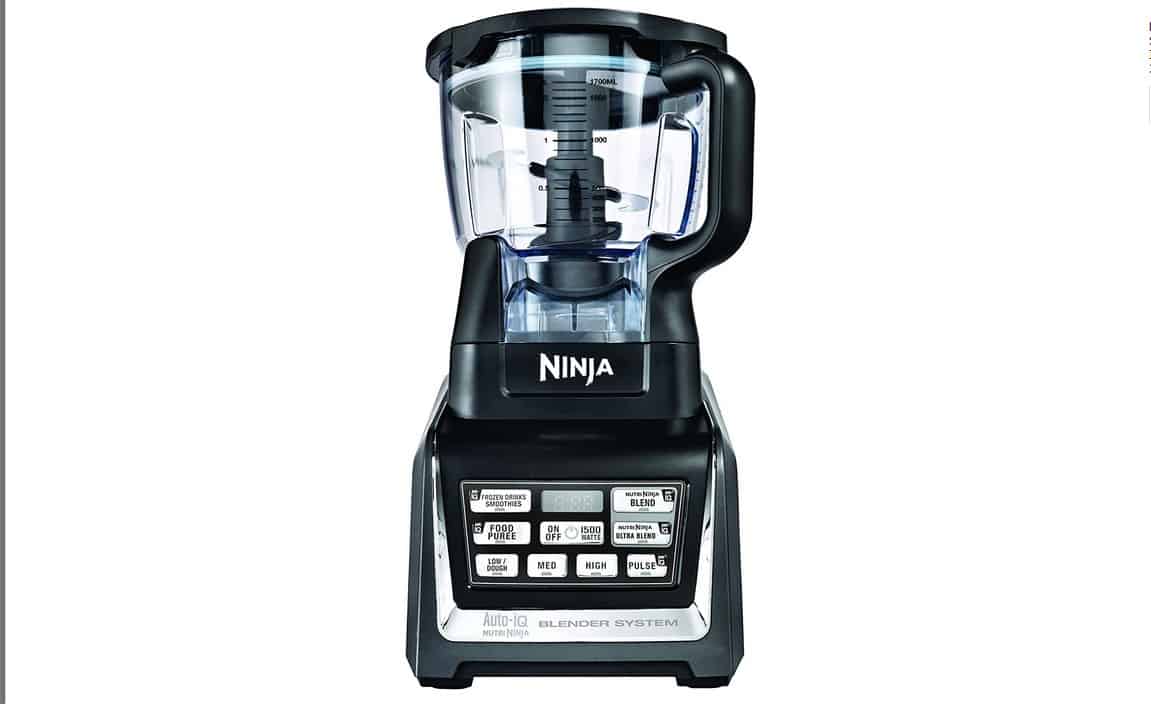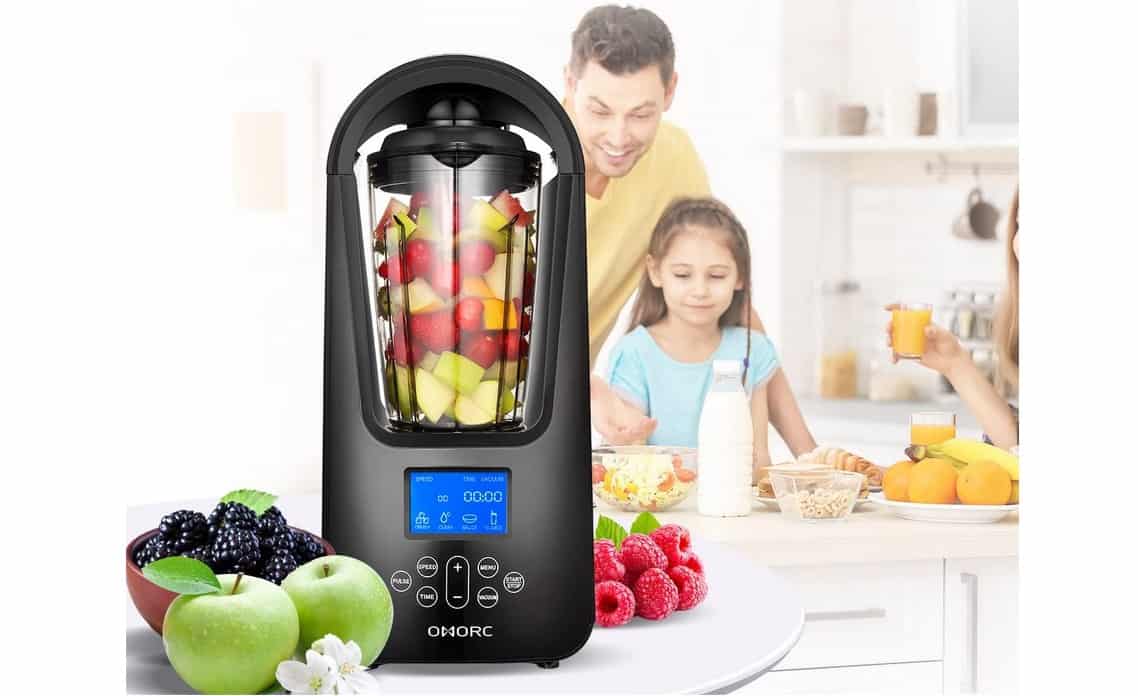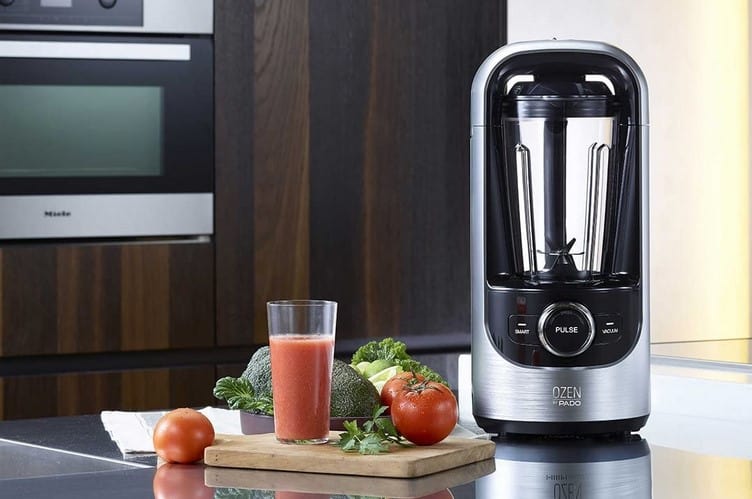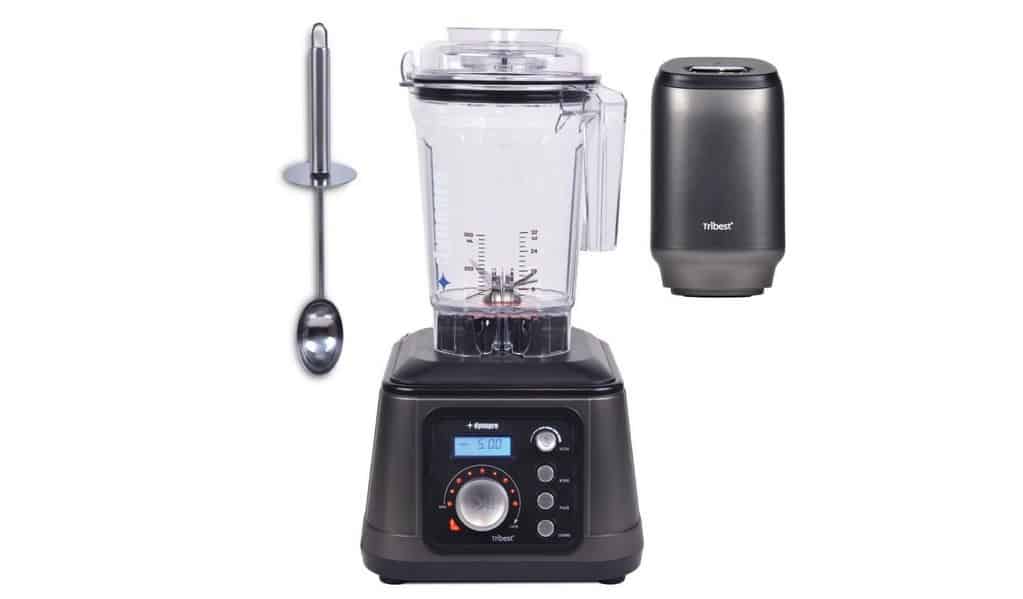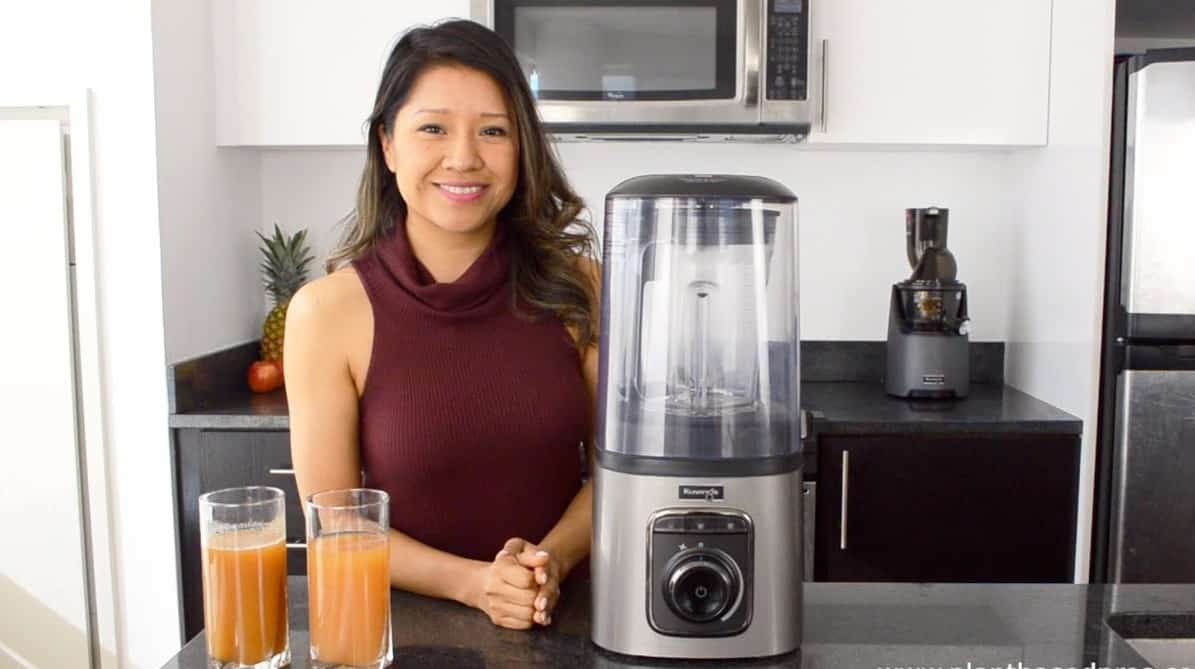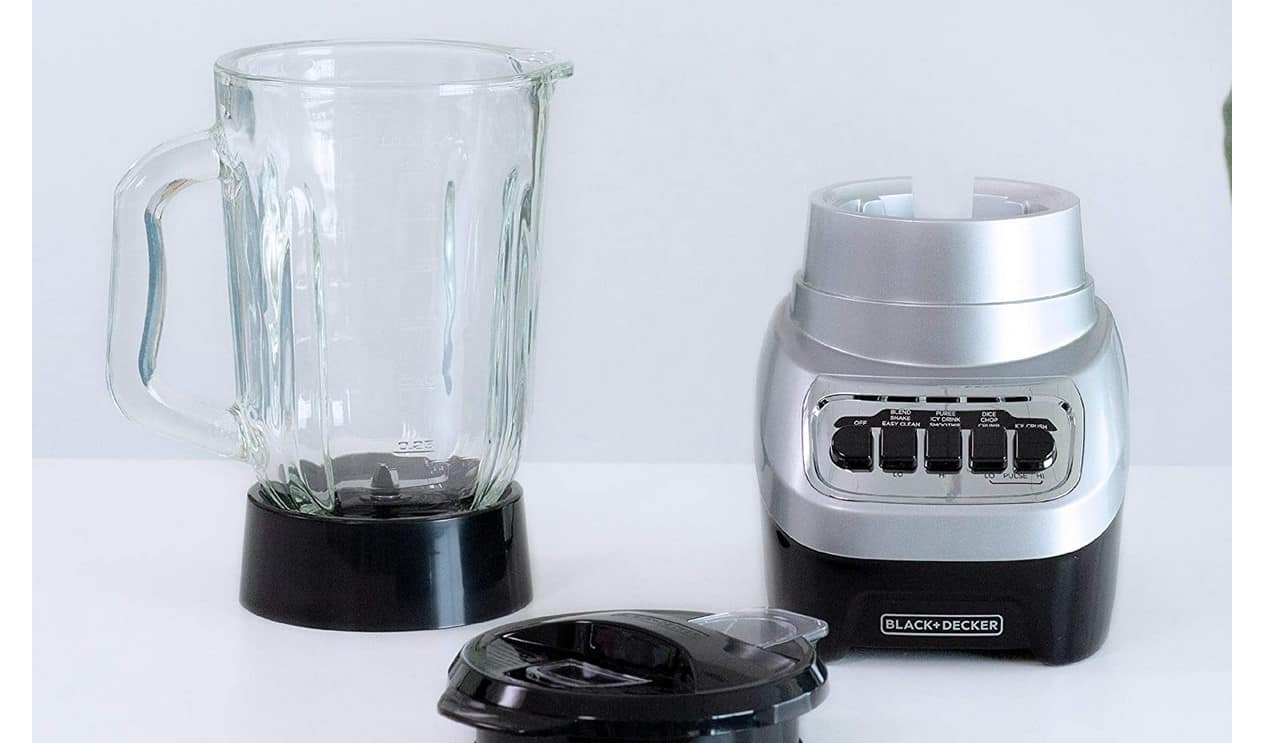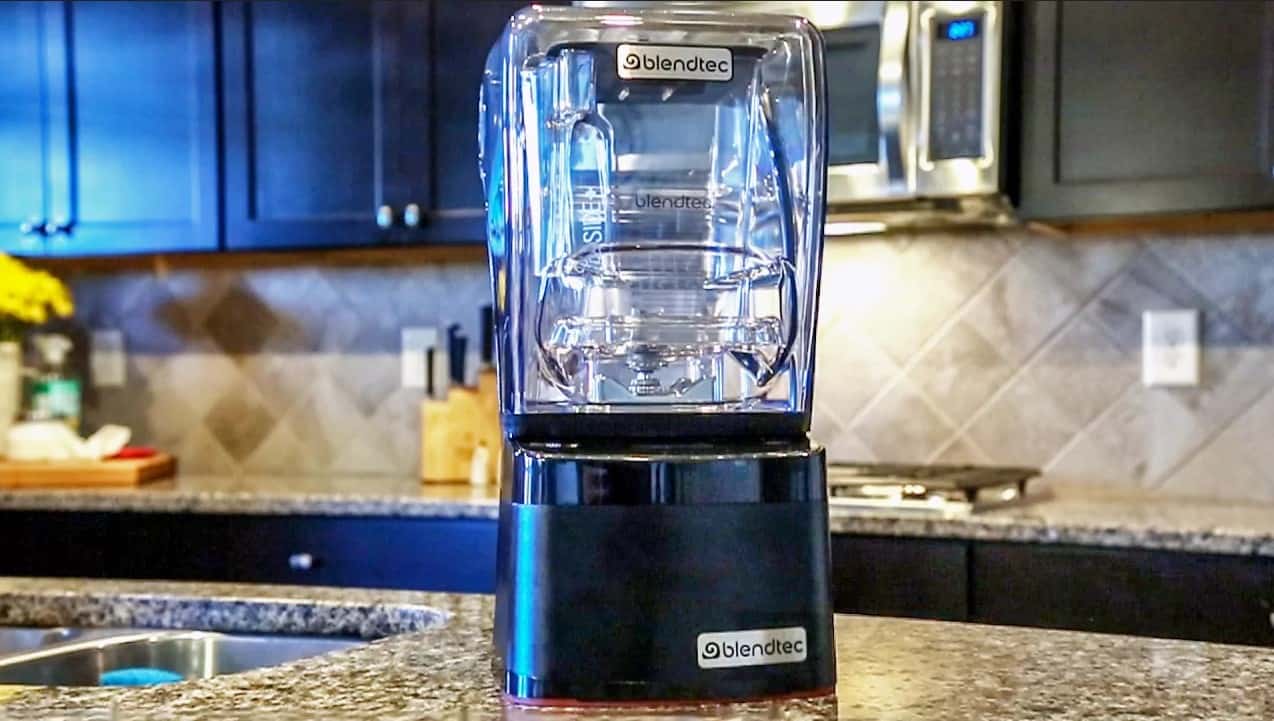Suppose you are the family chef and want to diversify your palate. In that case, you may wonder about a commercial vs. home blender for a more extensive menu. The best blender will have many features in common with a commercial blender but may not be the best choice if you’re running a small business. To figure out the key differences between these types of blenders, read this guide.
KEY TAKEAWAYS:
- A commercial blender offers powerful motors and fast blend times. They are great for serving large families and restaurants.
- The home blender is more affordable and can still pull off recipes like soup, smoothies, and cake batter.
- The home blender is the best choice for casual cooks. Still, a commercial blender is a must for commercial kitchens and serious home chefs.
Commercial vs. Home Blender Compared
While a commercial blender might sound like overkill for a home kitchen, they are much more diverse in price and size. The main difference between the two types of blenders is the components inside, like the electric motor and blender blades. If you only want a couple of frozen drinks per day, compare immersion blenders.
Explaining Commercial Blenders
Commercial blenders have extra-powerful motors and multiple sharp blades to break down a wide range of solid foods quickly. They also have large blender jars to hold many servings. The most common spot for a commercial blender is in commercial kitchens like your local bakery or coffee shop.
Benefits of Commercial Blenders
Manufacturers design commercial blenders to yield large servings and soft foods. In addition, commercial blenders contain much more powerful motors and a more durable blade assembly than regular food blenders. Commercial blenders have multiple settings, and they can handle anything from dough to frozen ingredients.
Insider Tip
Make sure you genuinely need a commercial blender’s speed and large serving size because they can get quite expensive.
Drawbacks of Commercial Blenders
Commercial blenders can get pretty big and are not suitable for small recipes that require a chopper. In addition, they are usually more expensive than a typical blender. Most home chefs do not need the high motor speed and large blender container of a commercial blender. They are also more costly to maintain.
Explaining Home Blenders
Residential blenders are a mainstay of the home kitchen. Modern models have multiple control options and a motor base with a control panel. As a result, home blenders have plenty of power to blend different foods. The batches of food are typically served in a glass jar that screws away from the motor base.
Benefits of Home Blenders
An affordable blender should handle frozen desserts and raw ingredients for most home recipes. While high-powered blenders may cost more, a basic blender should have efficient motors and features like pulse controls.
Drawbacks of Home Blenders
The typical home blender cannot handle the pounds of dough or fibrous vegetables that a commercial blender can. In addition, the limited container size will not yield the number of frozen desserts or pureed soup that a commercial blender can offer.
Which is Better?
Consider a regular or handheld blender if you want to make a single-serving of something like green smoothies with root vegetables. That said, if you want a more versatile blender for foodservice businesses, consider a commercial blender.
Warning
Commercial blenders do not have the same safety features as some home blenders, so be sure to read your product manual before using it for the first time.
F.A.Q.
What blenders does Starbucks use?
Starbucks uses the 3-horsepower 48 ounce Vitamix blender.
What is the difference between a mixer and a blender?
Blenders break down solid food into smaller pieces or liquids. A mixer combines multiple ingredients into a single substance.
Do you need a blender or a food processor?
A blender is better for liquids or icy drinks. A food processor slices or grates food into sauces and powders. Pick the one that meets your needs better.
STAT: Commercial blenders typically have a service life ranging from 10 to 15 years for heavy-duty models. (source)
REFERENCES:
- https://www.ncbi.nlm.nih.gov/pmc/articles/PMC4103735/
- https://www.urmc.rochester.edu/encyclopedia/content.aspx?ContentTypeID=1&ContentID=1220
- https://fesmag.com/products/guide/prep-equipment/blenders/17625-blender-care-and-maintenance-for-foodservice-operationsr
- https://www.myplate.gov/recipes/supplemental-nutrition-assistance-program-snap/fruit-smoothie
- https://en.wikipedia.org/wiki/Blender

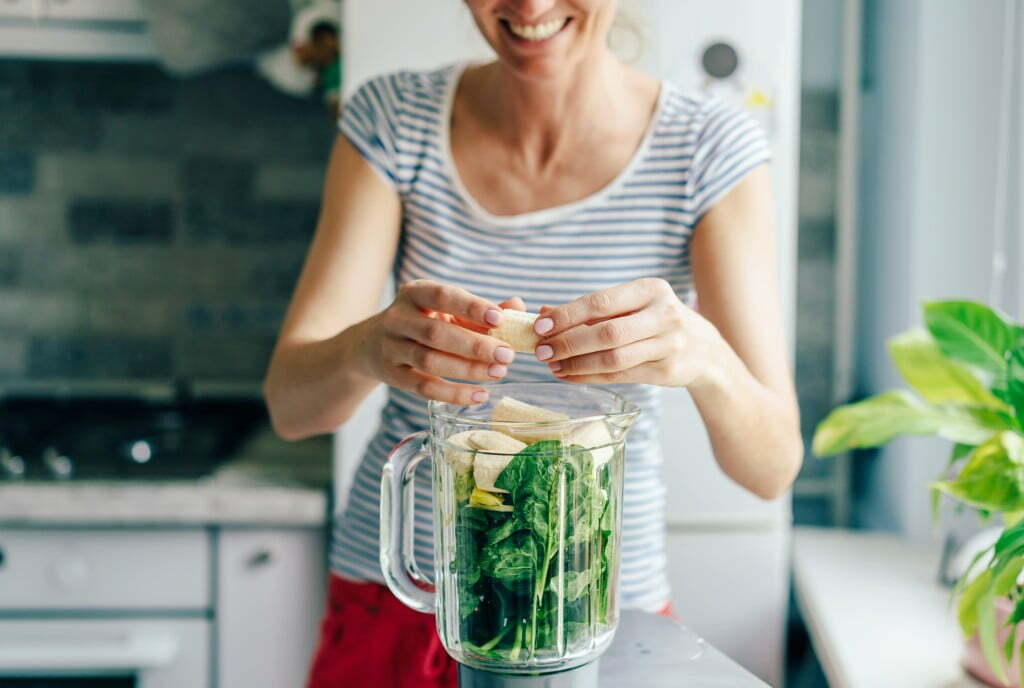













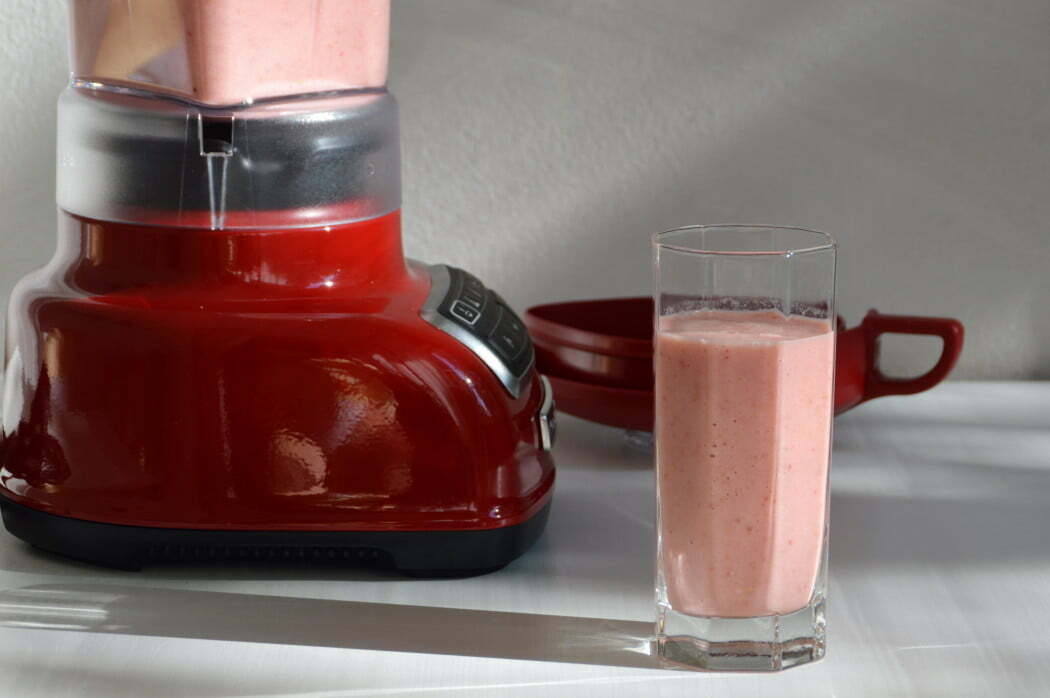
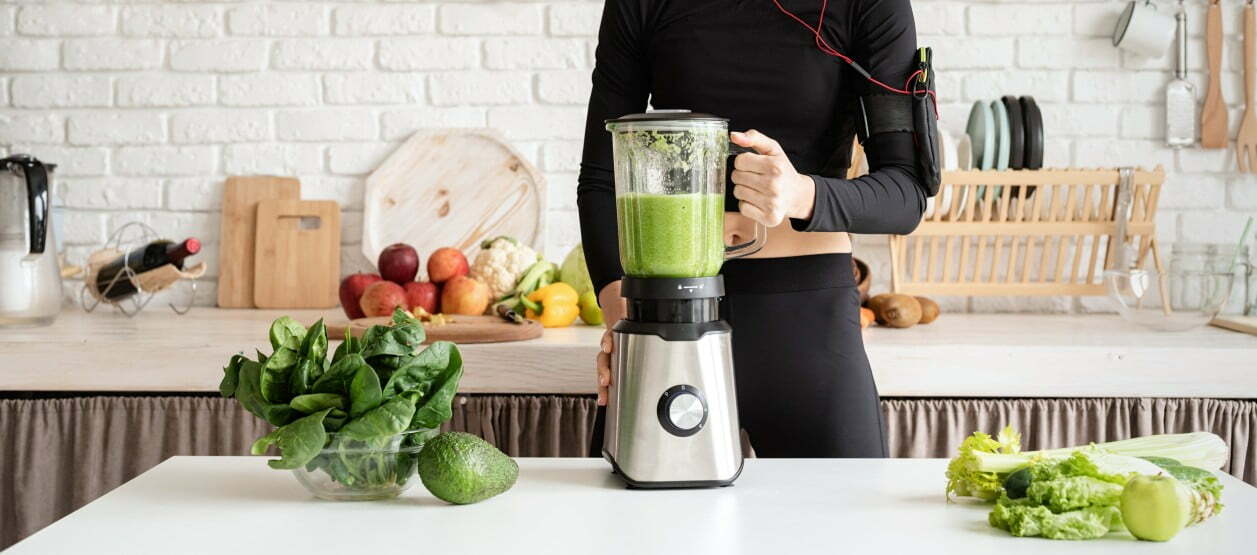
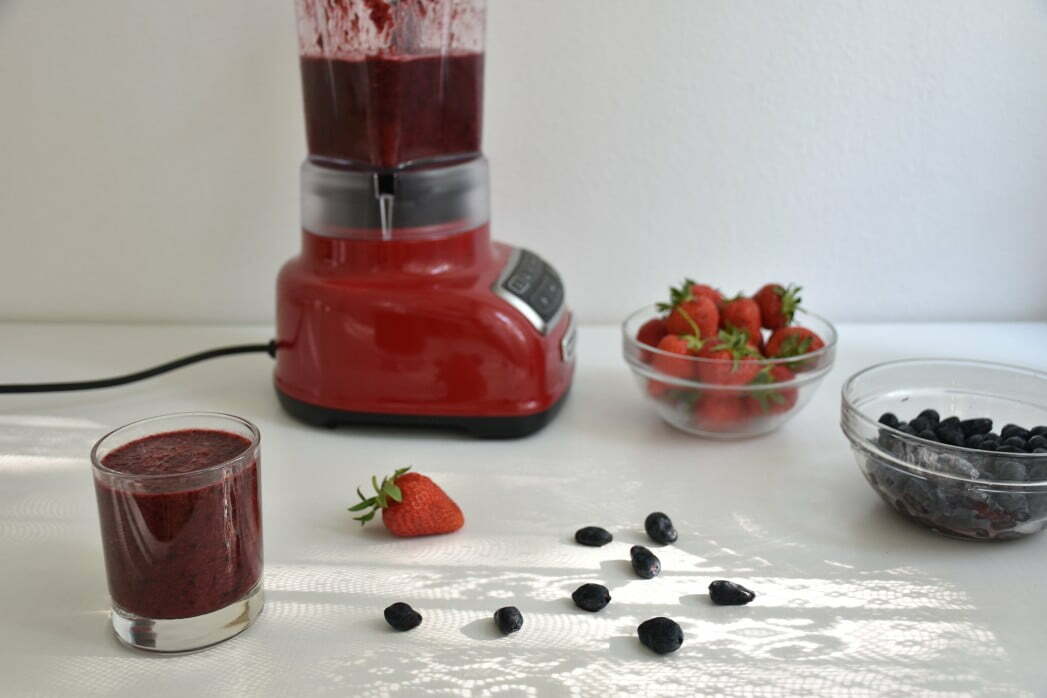
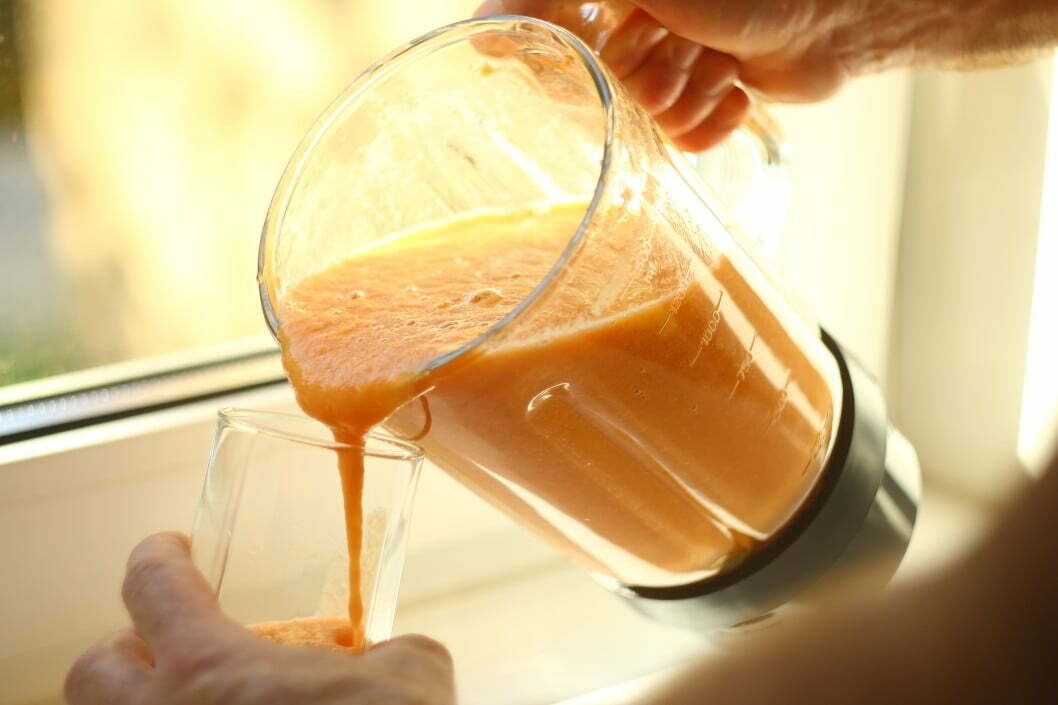
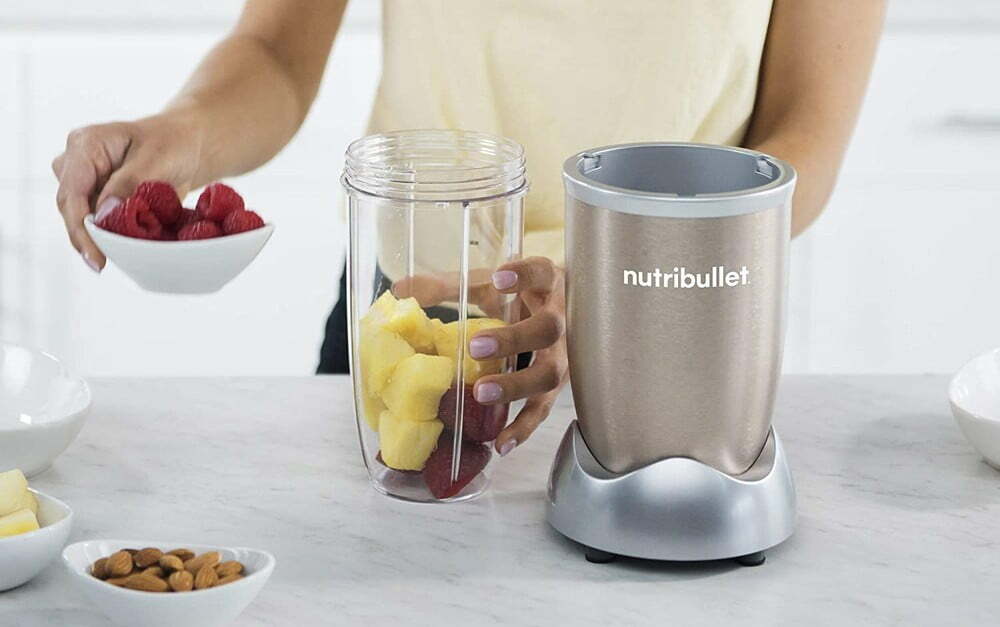
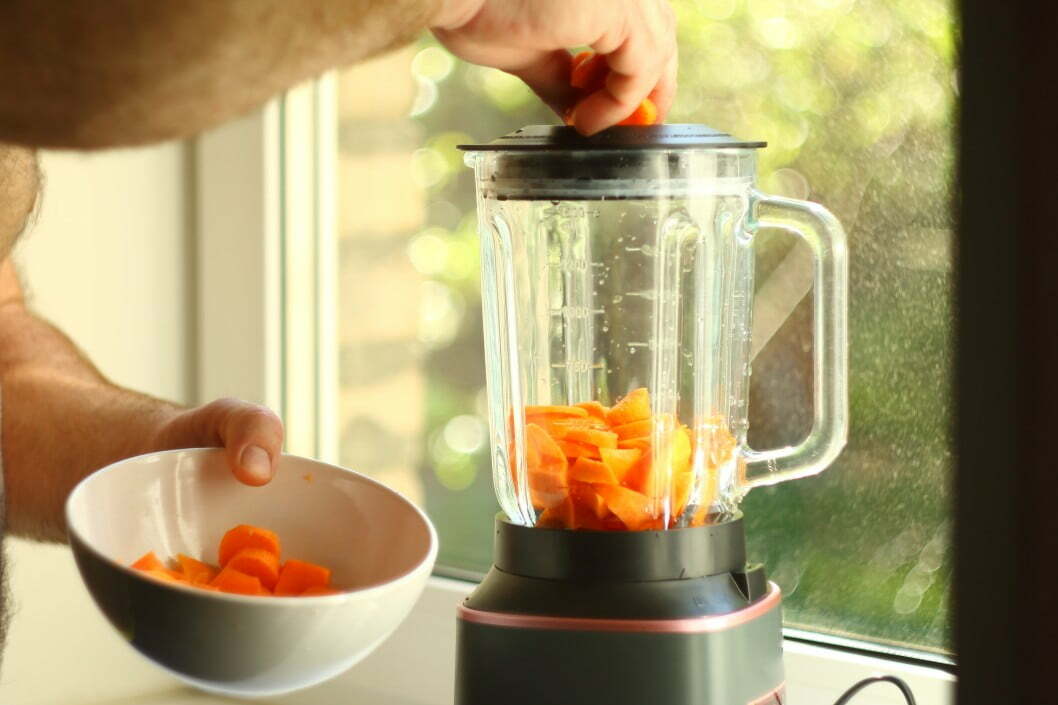
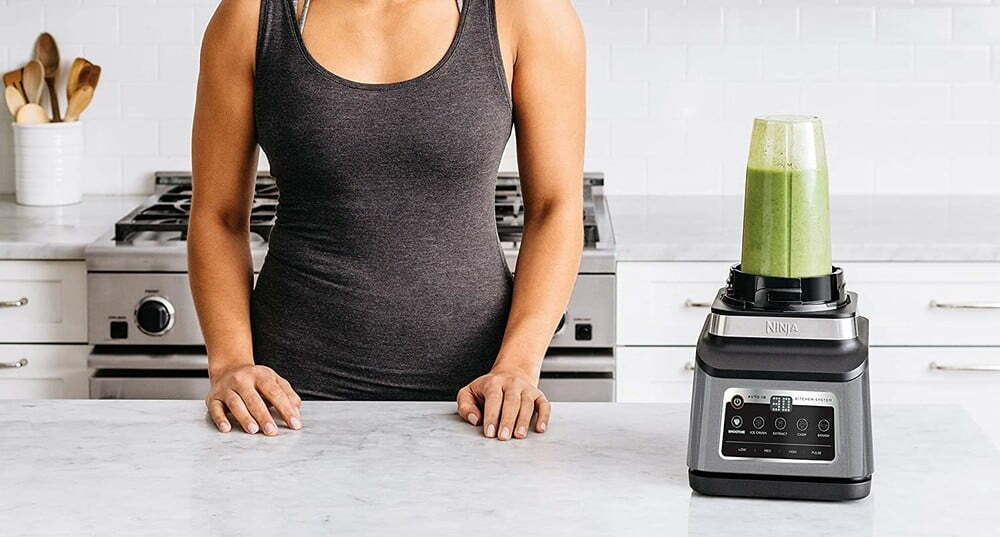
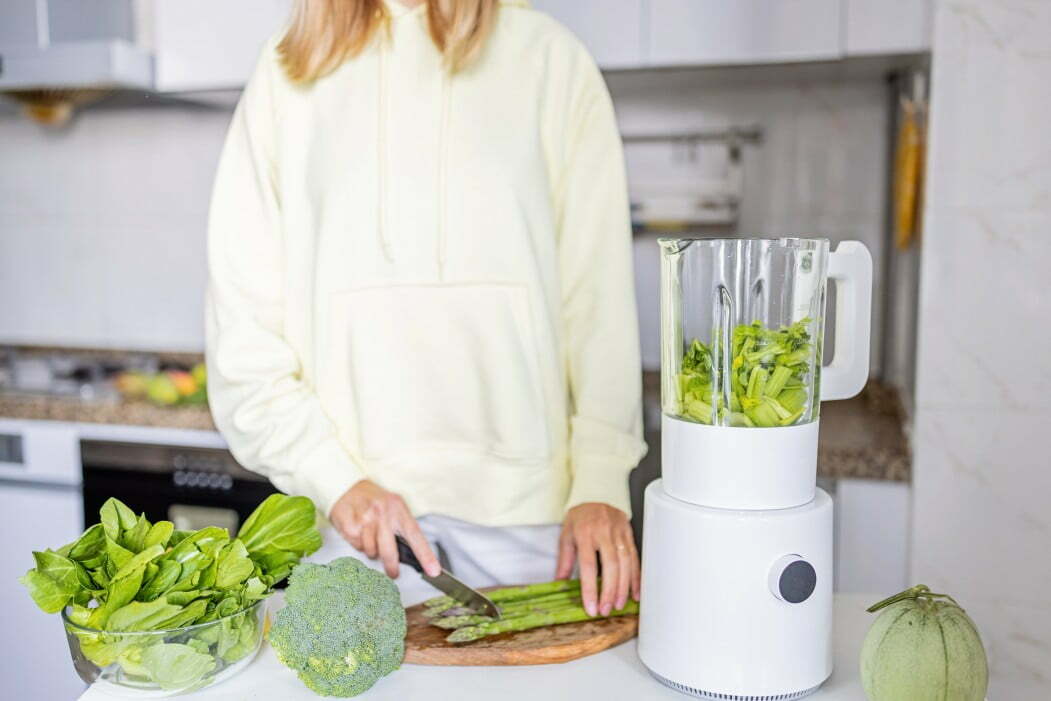
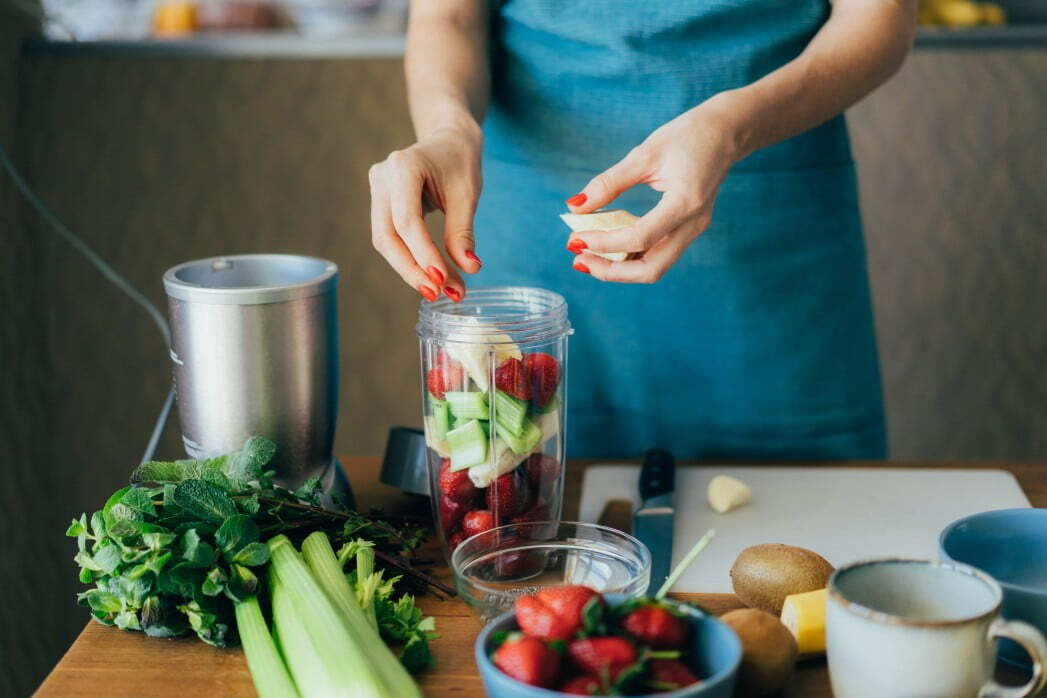
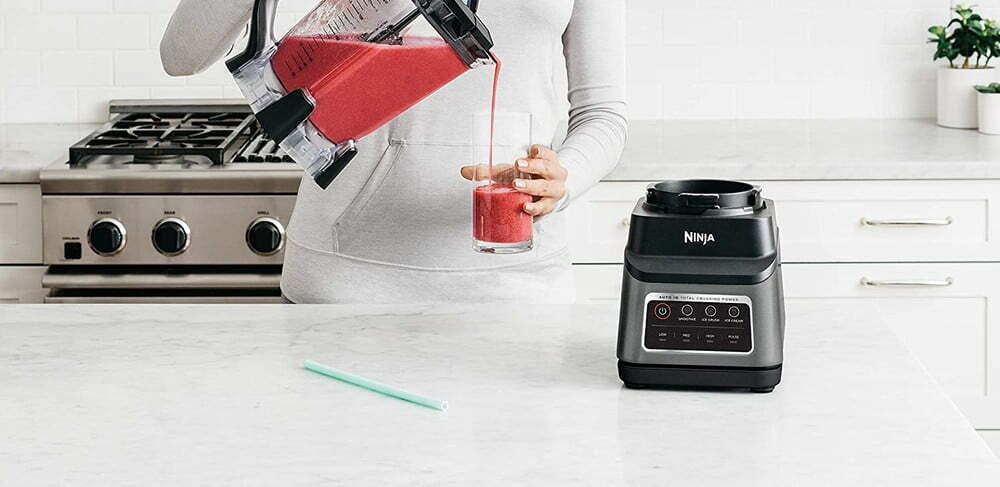
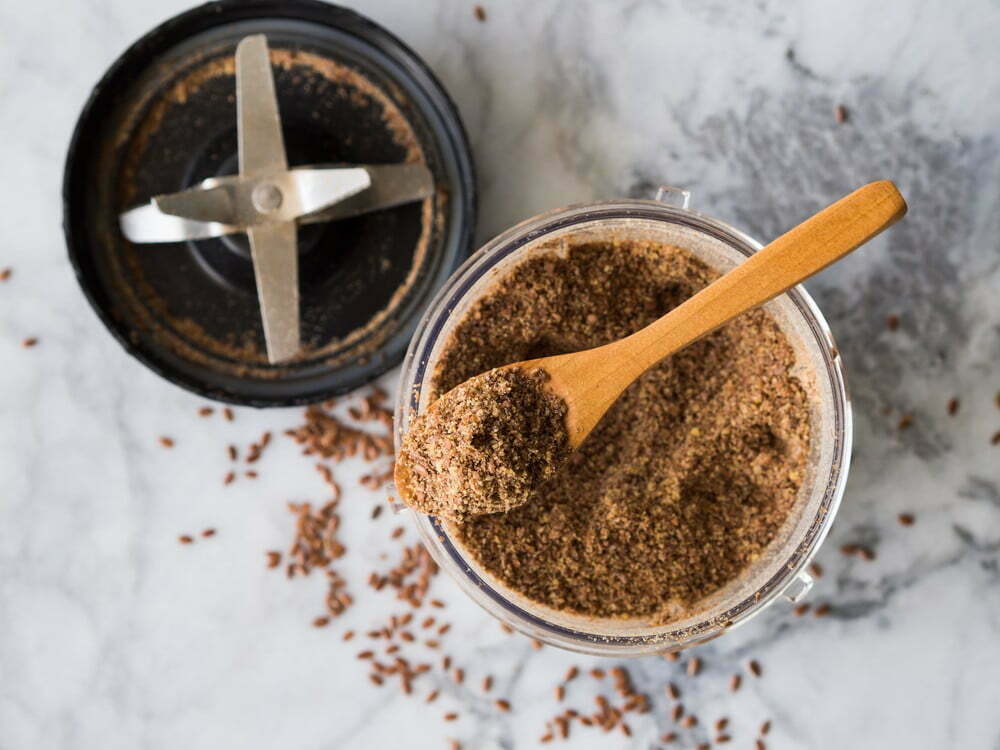
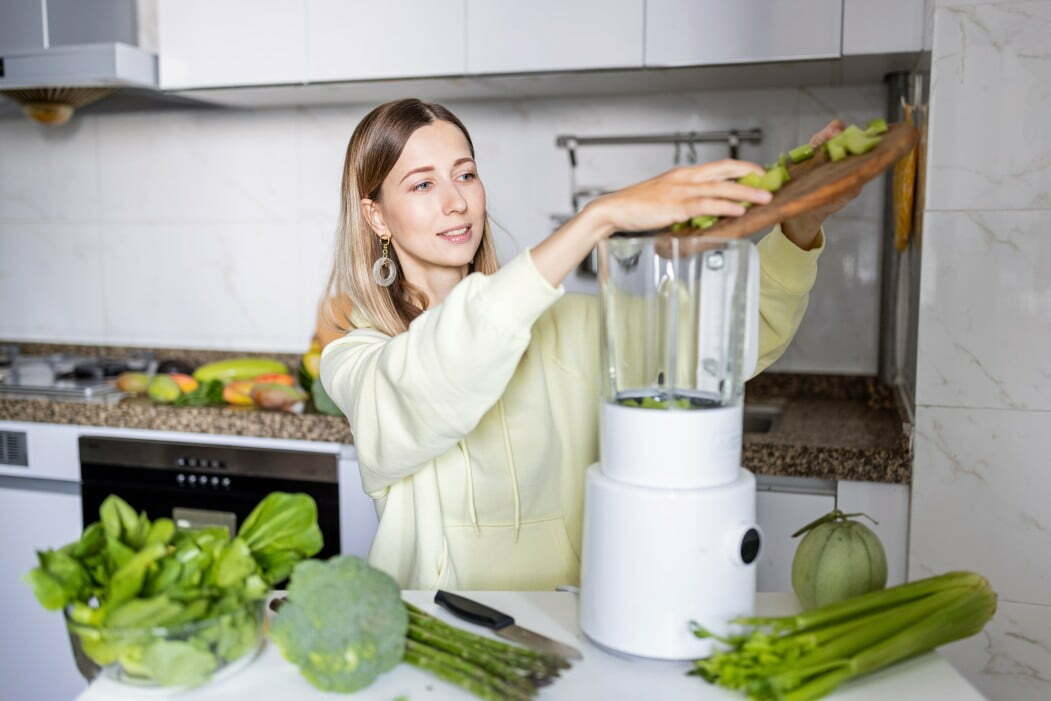
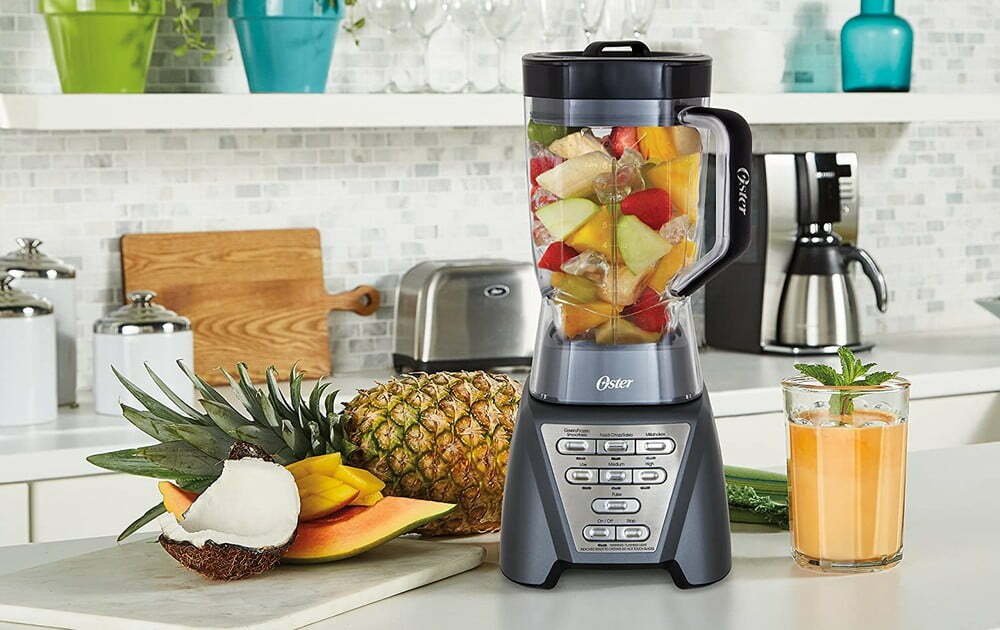
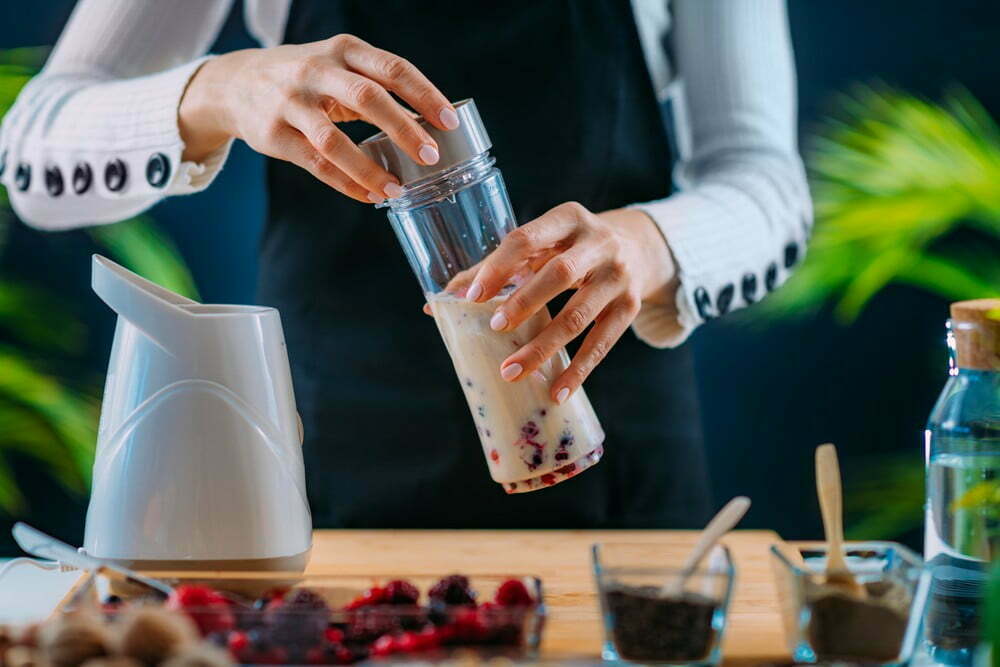
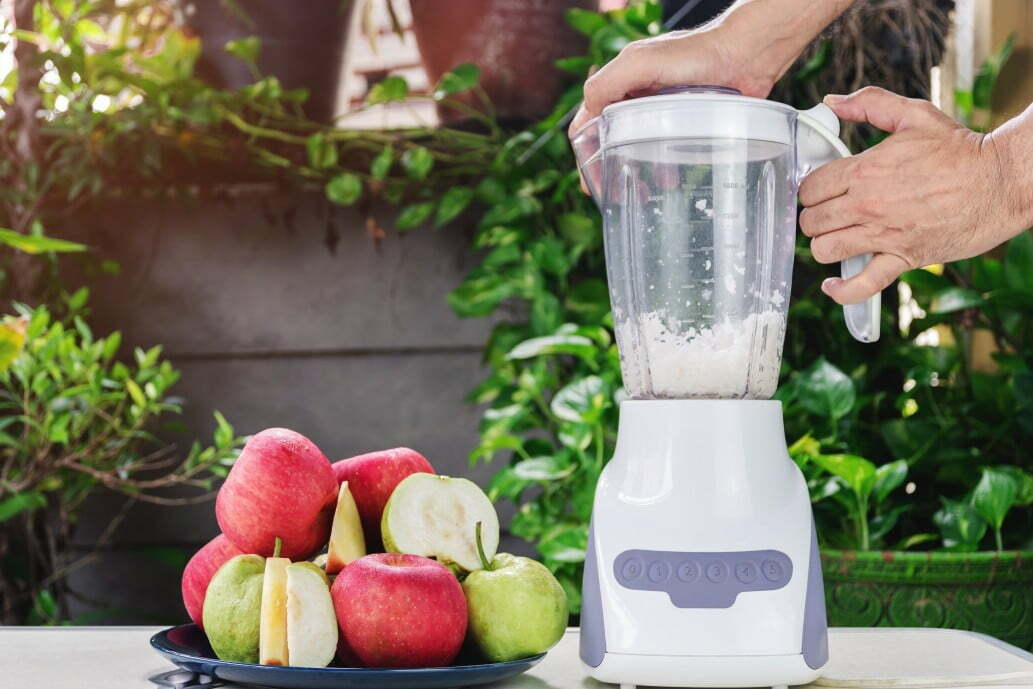
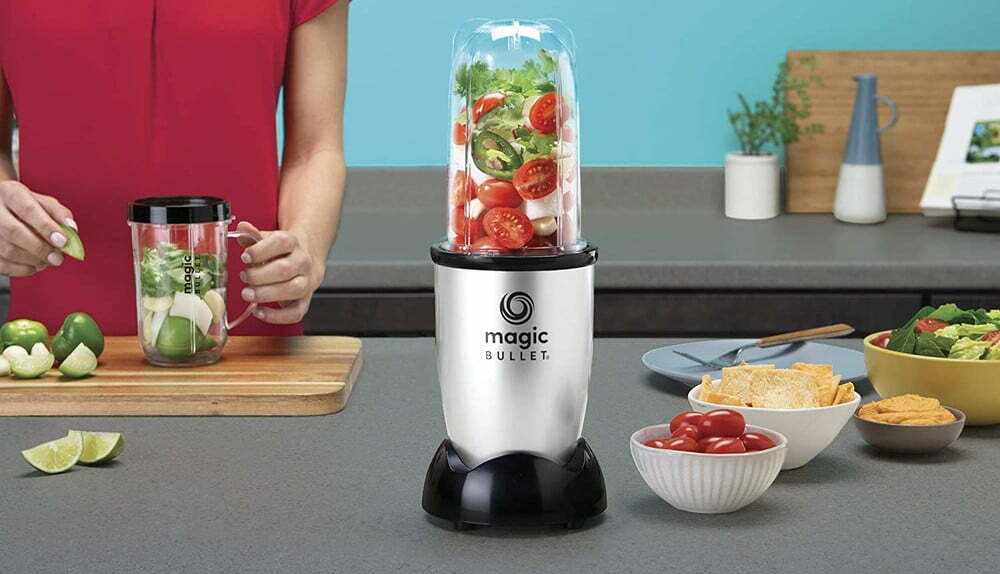
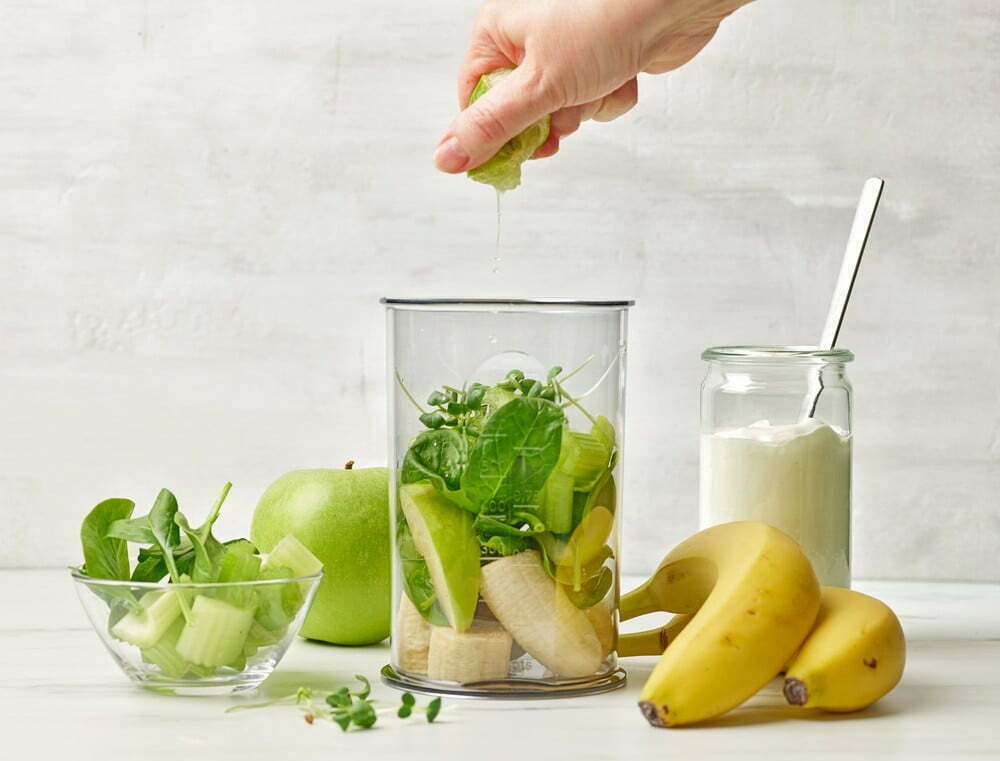
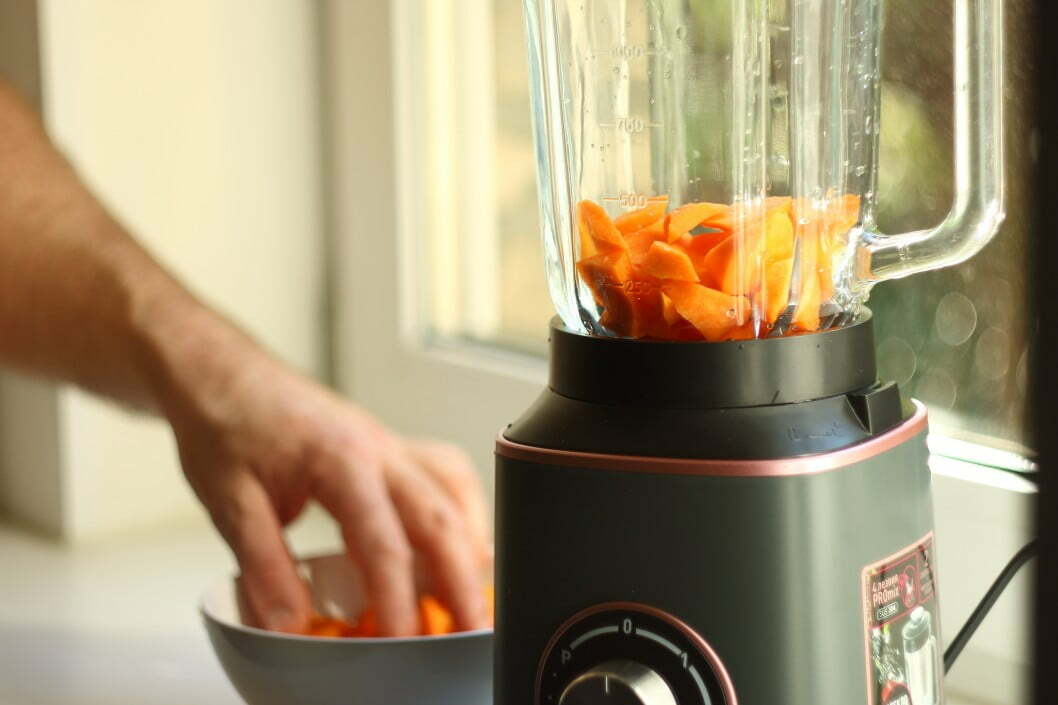
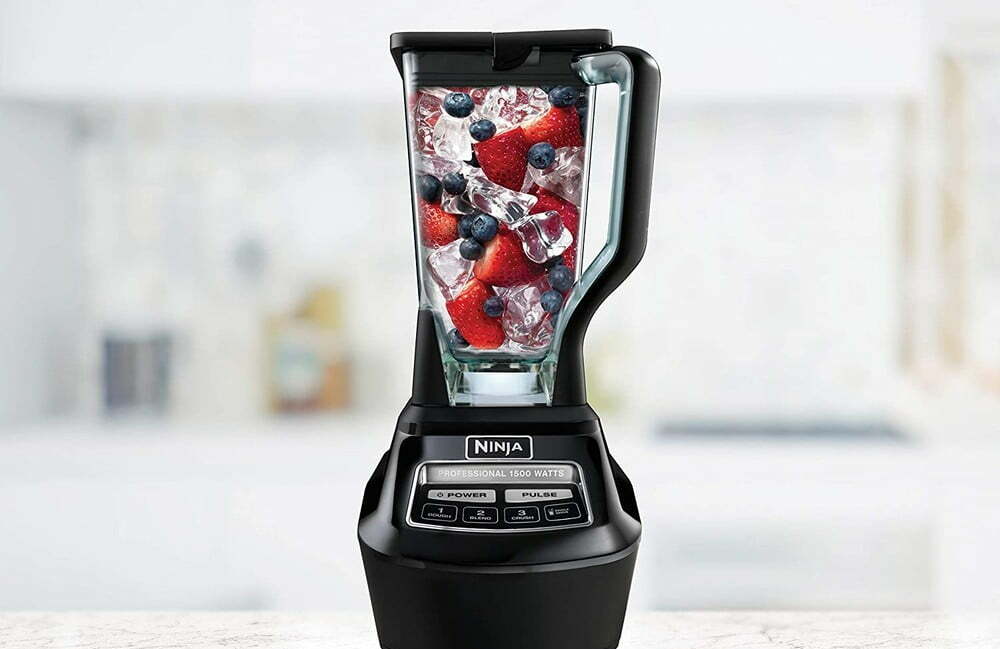
![Best Blender in [year] ([month] Reviews) 27 Best Blender in 2025 (December Reviews)](https://www.gadgetreview.dev/wp-content/uploads/best-blender-image.jpg)
![Best Kitchen Appliances in [year] ([month] Reviews) 28 Best Kitchen Appliances in 2025 (December Reviews)](https://www.gadgetreview.dev/wp-content/uploads/best-kitchen-appliances.jpg)
![Best Blenders for Acai Bowl in [year] 29 Best Blenders for Acai Bowl in 2025](https://www.gadgetreview.dev/wp-content/uploads/best-blender-for-acai-bowl-image.jpg)
![Best Blenders for Vegans in [year] 30 Best Blenders for Vegans in 2025](https://www.gadgetreview.dev/wp-content/uploads/best-blender-for-vegans-image.jpg)
![Best High-Powered Home Blenders in [year] 31 Best High-Powered Home Blenders in 2025](https://www.gadgetreview.dev/wp-content/uploads/best-high-powered-home-blender-image.jpg)
![Best Easy Clean Blenders in [year] 32 Best Easy Clean Blenders in 2025](https://www.gadgetreview.dev/wp-content/uploads/best-easy-clean-blender-image.jpg)
![Best Blendtec Blenders in [year] 33 Best Blendtec Blenders in 2025](https://www.gadgetreview.dev/wp-content/uploads/best-blendtec-blender-image.jpg)
![Best Oster Blenders in [year] 34 Best Oster Blenders in 2025](https://www.gadgetreview.dev/wp-content/uploads/best-oster-blender-image.jpg)
![Best Nutribullet Blenders in [year] 35 Best Nutribullet Blenders in 2025](https://www.gadgetreview.dev/wp-content/uploads/best-nutribullet-blender-image.jpg)
![Best Vitamix Blender in [year] 36 Best Vitamix Blender in 2025](https://www.gadgetreview.dev/wp-content/uploads/best-vitamix-blender-image.jpg)
![Best Quiet Blenders in [year] 37 Best Quiet Blenders in 2025](https://www.gadgetreview.dev/wp-content/uploads/best-quiet-blender.jpg)
![Best Blenders for Protein Shakes in [year] 38 Best Blenders for Protein Shakes in 2025](https://www.gadgetreview.dev/wp-content/uploads/best-blender-for-protein-shakes.jpg)
![Best Blenders for Milkshakes in [year] 39 Best Blenders for Milkshakes in 2025](https://www.gadgetreview.dev/wp-content/uploads/best-blender-for-milkshakes.jpg)
![Best Blenders for Margaritas in [year] 40 Best Blenders for Margaritas in 2025](https://www.gadgetreview.dev/wp-content/uploads/best-blender-for-margaritas.jpg)
![Best Blenders for Nut Butter in [year] 41 Best Blenders for Nut Butter in 2025](https://www.gadgetreview.dev/wp-content/uploads/best-blender-for-nut-butter.jpg)
![Best Ninja Blenders in [year] 42 Best Ninja Blenders in 2025](https://www.gadgetreview.dev/wp-content/uploads/best-ninja-blender.jpg)
![Best Commercial Blenders in [year] 43 Best Commercial Blenders in 2025](https://www.gadgetreview.dev/wp-content/uploads/best-commercial-blender.jpg)
![10 Best Portable Blenders for Travel in [year] 44 10 Best Portable Blenders for Travel in 2025](https://www.gadgetreview.dev/wp-content/uploads/best-portable-blender-for-travel.png)
![10 Best Vacuum Blenders in [year] 45 10 Best Vacuum Blenders in 2025](https://www.gadgetreview.dev/wp-content/uploads/best-vacuum-blender.jpg)
